If you think a Museum cannot exist without objects, think again! The amazing Virasat-e-Khalsa created by Amardeep Bahl is a wonder which leaves you awe-struck and you have to keep going back to know more and more.
A masterpiece of rich Sikh culture and religious history, the ‘Virasat-e-Khalsa’ is located in the holy city of Anandpur Sahib, the birthplace of the Khalsa. Conceived as a repository of the rich heritage of the ‘Khalsa’, the museum showcases the history and culture of Punjab; the heritage complex has been built to emphasize the eternal message of the 10 Sikh Gurus.Wonder why we are throwing the spotlight on this epic museum? Because most recently, the Virasat-e-Khalsa museum got listed in the World Book of Records for registering massive footfall of visitors in a single day. March 20, 2019 witnessed a footfall of 20569 visitors at the museum.
This is the fourth back to back award that has been bestowed on Virasat-e-Khalsa this year for the record footfall, coming close on the heels of its listing in the Limca Book of Records, India Book of Records, Asia Book of Records, and the award of Certificate of Excellence announced by a popular travel website.
Visit this historical site with a special Chandigarh tour package, but first let us show you why this museum is considered one of the greatest in the world.
Built on a 100-acre site at Anandpur Sahib, 85 km from Chandigarh, the Virasat-e-Khalsa or Khalsa Heritage Center stands at a site that is the birthplace of the Khalsa Panth, the present day Sikh religion. The second holiest Sikh shrine, Takht Keshgarh Sahib, is located here. At the Takht Keshgarh Sahib, you can see the real weapons and swords. It was here in 1699, on the day of Baisakhi, that the 10th Sikh guru, Guru Gobind Singh, founded the Khalsa Panth and baptized the Panj Piaras (the first five baptized Sikhs known to be the loved ones of the Guru).
The Museum building, which is shaped like hands offering prayers, unfolds Sikh history and tradition like never before. The project has two main complexes, which are joined with a connecting ceremonial bridge. The canopy on this bridge is a strange experiment in architecture and is situated in the opposite direction of the sun and does not provide any shade.
The western complex houses an auditorium with a seating capacity of 400. It has a huge exhibition gallery and a library (including a library of Music), housing all journals, magazines, books and periodicals on Sikhism.
The eastern complex has a north wing also known as flower building. It has another part, which is called boat building or heritage building.
The roof of the flower building is shaped in form of five petals – depicting Panj Piaras of Guru Gobind Singh or perhaps even the five tenets of the religion. Each petal houses a gallery tracing the life history of all gurus from birth to attaining salvation. The petal at the highest altitude has information and exhibits on the Guru Granth Sahib.
The awe inspiring experience begins at ‘Panj Pani’ —The Boat Building which houses the largest hand-painted mural in the world, created by Orijit Sen. It is a 360-degree mural depicting the past and the present of Punjab, as seen in its villages and towns and cities.
When you enter this gallery, it is pitch dark, suddenly broken by the sound of birds chirping and a blue tint of light. You realize that the room is like a deep well with adorned walls beginning with the dawn of the day, taking you through numerous love stories, Punjabi festivals, rituals, occupational works, the Golden Temple of historic times, and ending with the setting of the sun – all while visitors ascend the height on a central circular walkway.
1. The Journey
After this gallery, you are given an Audio Guide with language selection options. It will sense which gallery you’re entering and start the guide! As you start the journey in, the Ik-Onkar takes over, revealing a crystal-lights installation which is pretty interesting!
2. The origin of Sikhism
Thematic carpets adorn walls of this part of building for which weavers from Mirzapur had been roped in. This exhibit, with special sound effects, is situated in a drum-like building and an audio message highlights the core principles of Sikhism. Thus starts a mesmerizing journey into the lives of first five Gurus through the five petals of the flower building. The narrative begins with Guru Nanak Dev and ends with that of Guru Arjan Dev. The first petal highlights the milieu of the times Guru Nanak Dev was born in, tracing his life with travels (udasi) undertaken. The Kartarpur scene is where he bestows the title of Guru, naming him Guru Angad.
The subsequent galleries depict achievements of Guru Angad Dev and Guru Amardas. One of the galleries is divided into two, by recreating a baoli in the middle, to highlight the Guru’s contribution. The use of shadow puppets and Indian crafts is predominant throughout the galleries.
3. Growth of Sikhism & the Creation of Amritsar
The gallery in the fourth petal contains exhibits on the contribution of Guru Ram Das, including the construction of the city of Ramdaspur, adding 11 ragas to existing corpus of Gurbani and the Lavan. The city of Ramdaspur has been recreated in an embroidered panel.
The gallery in the fifth petal showcases key events in history of Sikhism: construction of Harmandar Sahib and writing and installation of Adi Granth. A pathway leading to the gallery has a replica of Harmandar Sahib. The gallery also has an ethereal, glowing representation of Prakash Sthal – the place of the Adi Granth in Harmandar, in the centre. Around this central installation are shown stories related to the establishment of Adi Granth. Four arch-shaped doorways around it recreate different scenes describing the life and times of Guru Arjan Dev.
4. The Sacrifice of the Gurus & the formation of the Khalsa
There is another gallery depicting Guru Arjan Dev’s martyrdom in the form of a sculpture on the terrace. It is a Tatti Tava (to symbolically depict how the Guru would have felt the heat of being roasted alive)
Petals in the crescent building cover lifespan of Guru Hargobind, Guru Har Rai, Guru Harkrishan, Guru Teg Bahadur, Guru Gobind Singh and Gurta Gaddi. While Guru Hargobind worked on militarizing the Sikh for revolt against injustice and tyranny, Guru Har Rai and Guru Harkrishan dedicated their lives to social reform and humanitarian work.
The other two galleries are about Guru Tegh Bahadur’s Supreme Sacrifice and Guru Gobind Singh. There’s a mini auditorium where you sit for a short screening on the creation of the Khalsa Panth before moving on to the last gallery of the Khalsa Museum’s first phase.
From here you go downwards to the lower level, and on your way, you can read short excerpts from the Guru Granth. This is the second phase of the Museum which opened in November 2016. The 13 galleries in this phase trace the the socio-political and religious development of the Sikh community from early 18th century to present times.
Make sure Chandigarh is on your list of cities to visit in India with this museum being one of the top highlights. There’s a lot to do in this city designed by Le Corbusier. Make sure you book the best Chandigarh tour package.
Written by: Aashima Kadakia
Creative ninja and a true follower of ‘Work, Save, Travel, Repeat’, I love to travel, experience places and bring back stories for a lifetime. Born and brought up in Ahmadabad, I like to visit the same old places, the same cliched tourist spots and destinations, but choose to see the unexplored in the old places. Always inclined towards the mighty mountains in their debate with the beaches!










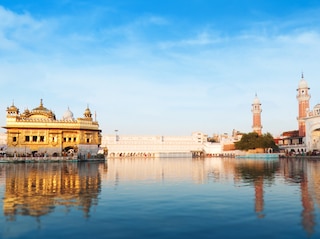
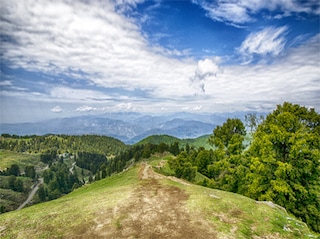
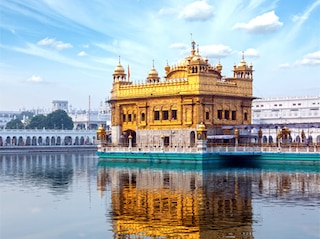
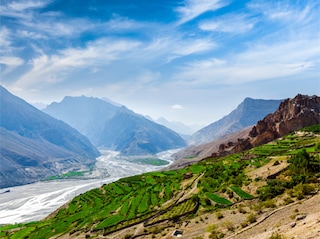
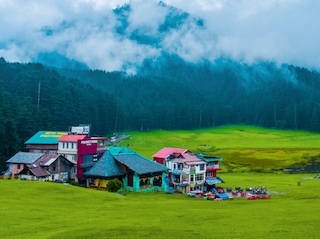



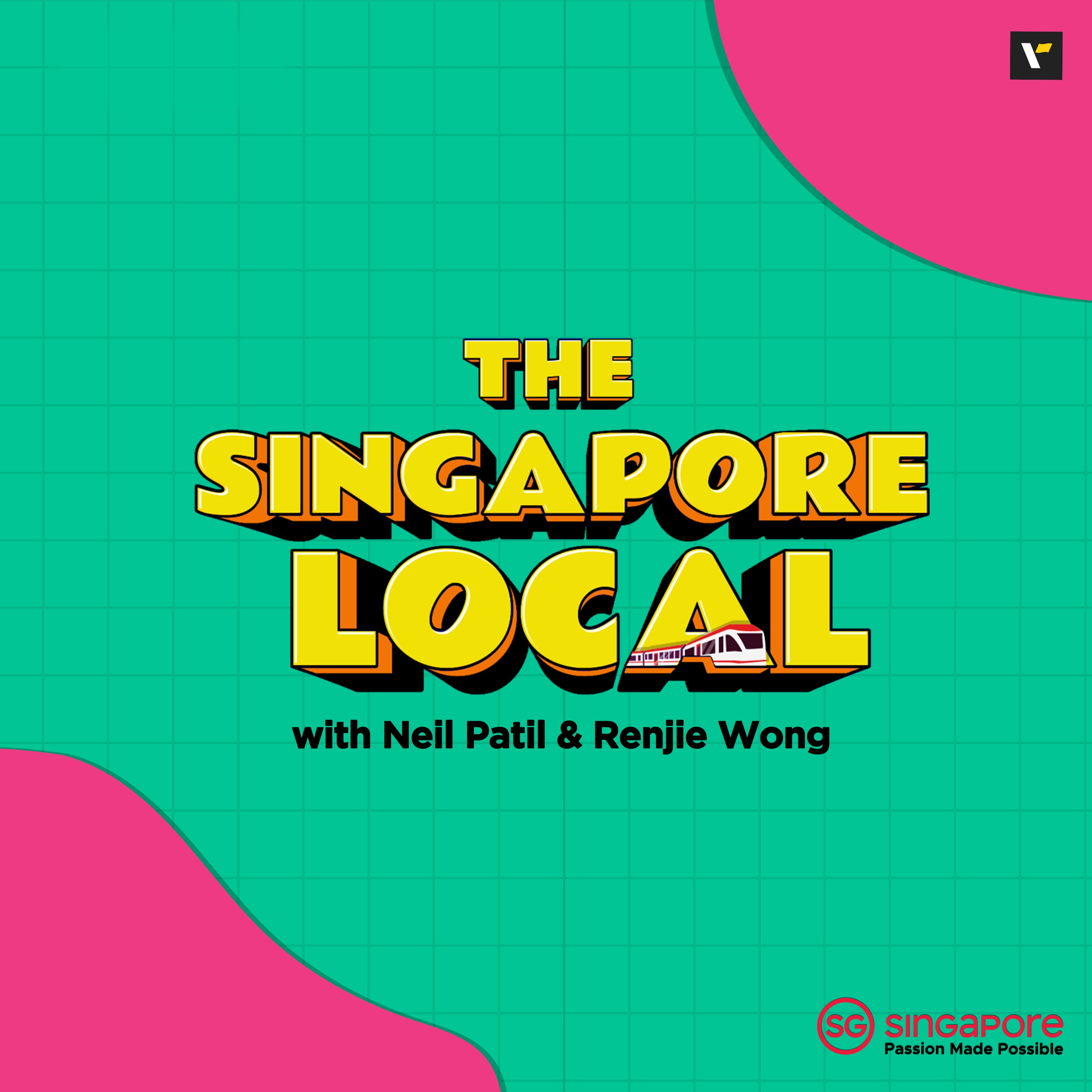
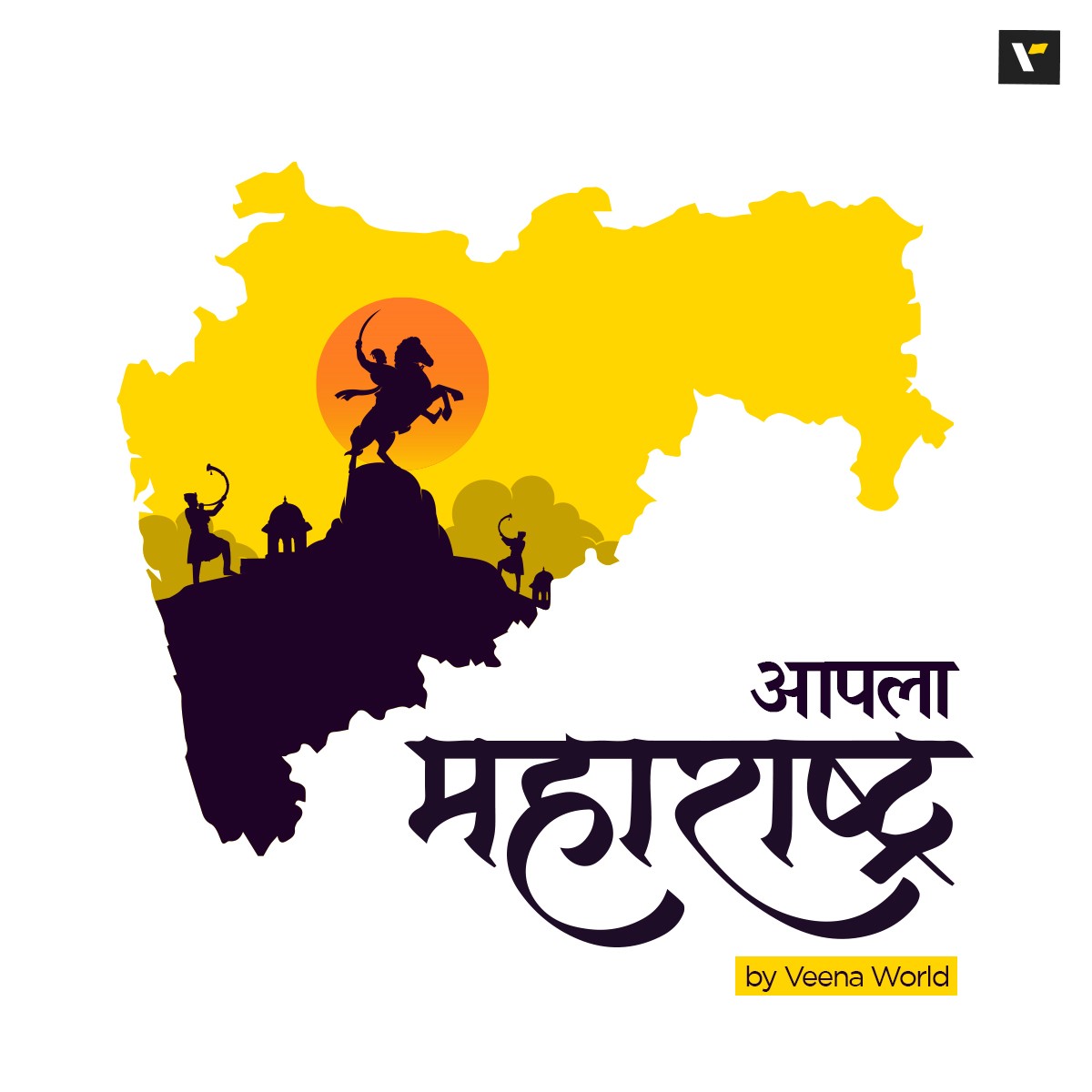









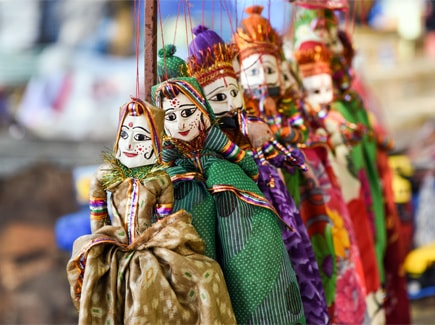

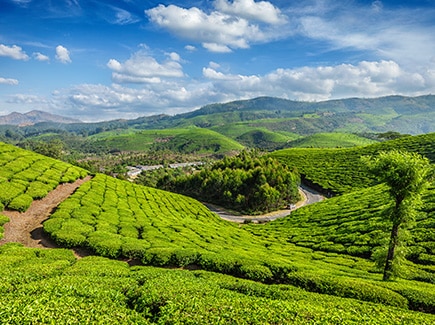

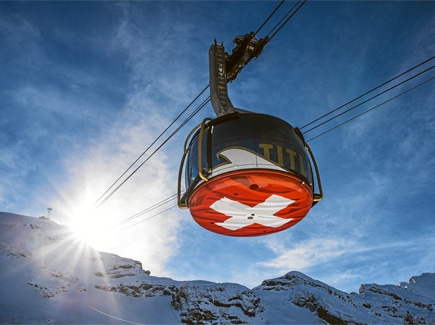

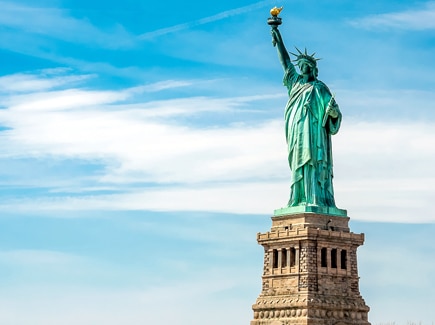





Post your Comment
Please let us know your thoughts on this story by leaving a comment.